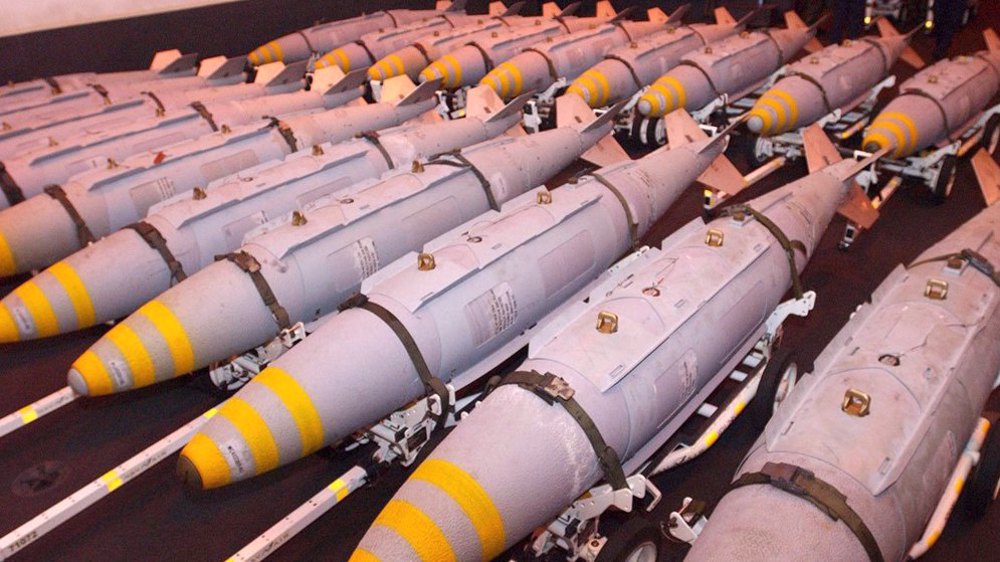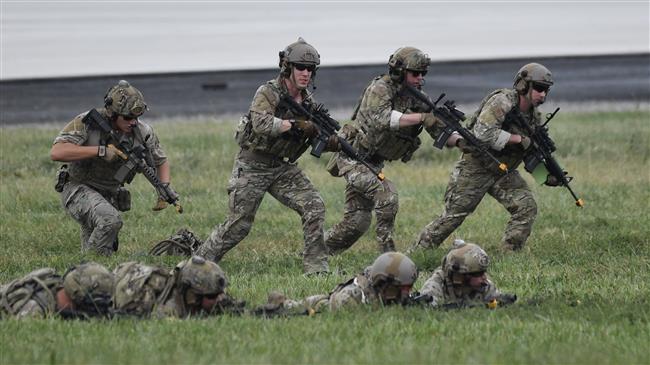US Air Force suicides soar by 40% in 2019
Suicide rates among active-duty United States Air Force members have reached a record level unprecedented in the past 30 years.
The Air Force reported an unprecedented number of 84 suicides among active-duty members in 2019, US media reports based on unpublished data said on Saturday.
The data showed that the suicide rate had increased about 0.40 percent compared to the previous five years in which the number of suicides fluctuated between 60 and 64.
“Suicide is a difficult national problem without easily identifiable solutions that has the full attention of leadership,” according to Lt. Gen. Brian Kelly, the Air Force’s deputy chief of staff for manpower, personnel and services.
Information provided to the media was preliminary data that is subject to change once the findings are published.
Another recent article published by Airforce Magazine reported 137 members of the Air Force had died of suicide.
The Department of Defense 2018 report said a total of 541 confirmed or pending suicide deaths among active-duty service members throughout all branches of the military, resulting in a rate of 24.8 suicide deaths per 100,000 active duty members.
In July, Air Force Chief of Staff Gen. David Goldfein went public about the rising concerns over suicide rates, noting that suicide was “an adversary that is killing more of our Airmen than any enemy on the planet.”
The Pentagon reported that 541 service members died by suicide in 2018, up from 511 in 2017 and 482 in 2016, according to a report released in September.
Suicide rates for active-duty troops, which specialists say more accurately reflect trends, increased from 18.5 to 24.8 per 100,000 service members from 2013 to 2018.
Service members who die by suicide are mostly male, white and under the age of 30, said Karin Orvis, director of the Defense Suicide Prevention Office.
The New York Times reported this month that suicide has been deadlier than combat for the military, citing congressional testimony from Rand Corp. researcher Terri Tanielian that more than 45,000 veterans or service members have killed themselves in the past six years.
“That is more than 20 deaths a day — in other words more suicides each year than the total American military deaths in Afghanistan and Iraq,” the Times reported.
Experts stress that suicide can be prevented and urge people to watch for warning signs that include previous attempts, talk about dying, withdrawal from social interactions and feelings of hopelessness.
David Rudd, a former military psychologist and suicide expert, pointed out that long wars were a main factor contributing to the increase of suicides among active US military personnel.
“We’ve been at war for almost 18 years now,” said Rudd, president of the University of Memphis. “That means we’ve been in a sustained, high operational tempo for almost two decades in the military, and that’s difficult to manage.”
He emphasized the need for proper screening in recruitment, and subsequently offering treatment as soon as problems started..
Top risk factors include access to firearms, relationship problems and administrative or legal problems.
However, experts say the problem of suicide is not unique to the US military and suicide rates have been on the rise in US society.
From 1999 to 2016, there were 453,577 suicides among Americans aged 25 to 64, an increase of 41 percent, according to a research study at Ohio State University.
Experts suggest that suicide rates among most military populations, when grouped on age and gender, were comparable to civilian rates.
Israeli settlers torch Palestinian cars, homes in West Bank town
Iranian diaspora in EU, UK deplore ban on national airline
VIDEO | Press TV's News Headlines
Israel’s military struggling with shortage of troops: Report
Iran calls for more efforts to establish peace in Gaza, Lebanon
Israel targets journalists in southern Lebanon to mask atrocities
Trump vs Harris: A choice between two deranged war hawks who cheer genocide in Gaza
Over 1,800 Palestinians killed in Israel’s month-long attacks in northern Gaza

















 This makes it easy to access the Press TV website
This makes it easy to access the Press TV website